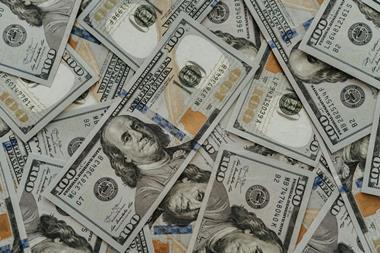UNITED STATES – Real estate has continued its strong performance, according to the third-quarter results of the PREA-IPD US Property Fund Index.
The funds in the index showed a net fund return of 3.5% for the quarter, and 12.7% for the first nine months of 2013.
Direct unleveraged real estate returned 2.9% for the quarter and 11.1% for the year.
The biggest factor in the difference between overall fund results and direct property was leverage, according to Jim Valente, director of performance and risk analytics.
Leverage ratios in the funds covered by the index stabilised in the third quarter: during Q2 and Q3, eight of the 27 funds increased their leverage ratios.
The 2.9% return for direct real estate is evenly split between income and appreciation, Valente said, but he noted that there were signs in the third quarter that appreciation might be starting to grow.
Only three sectors outperformed the benchmark in Q3: super-regional malls, other retail, and self-storage.
Warehouse performance is steadily rising, but high-rise apartments are slowly falling.
"This is the second quarter that we have seen slower performance in high-rise apartments, below the benchmark," said Valente.
Denver, Houston, and the San Francisco Bay area all outperformed the benchmark. Valente pointed out that "Washington DC continues to struggle as it has experienced flat performance."
Although performance trends were clear, funds continued to focus their investment activity on core opportunities. Of $5bn (€3.7bn) in net investment activity over the past year, the majority went into CBD office and high-rise apartments, despite CBD underperforming over all time periods.
The San Francisco Bay area and the greater New York market captured around $3bn of investment activity. Of new acquisition activity, 92% by gross asset value went towards stabilised properties, representing 75% by asset count.
The PREA IPD US Property Fund Index is based on 27 open-ended funds, with around $140bn in gross asset value and approximately 26% leverage. The funds are 95% invested in the US.












